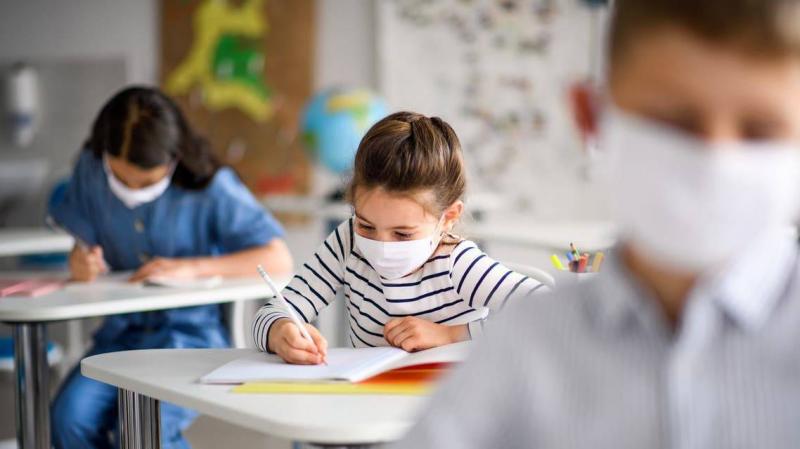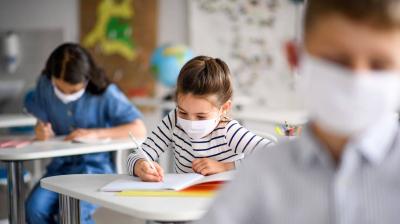In order to ensure the safety of students, teachers, and their families during this phase of the COVID-19 pandemic, Maria Van Kerkhove, the technical lead at the World Health Organization (WHO) for COVID-19 response, mentioned that many countries have already implemented preventive measures to safely keep schools open.
Dr. Maria stated in episode 55 of the "Science in Five" program, hosted by Fismita Gupta Smith and broadcast by WHO on its social media channels, that the organization prioritizes community protection and seeks to minimize the transmission of the virus as much as possible. Since individuals working in schools live within communities, they fall under the category of priority groups.
Detailed Plans
Dr. Maria noted that the global organization also aims to ensure that effective plans and systems are accurately applied within the school system to monitor the health of students and staff. She explained that these plans should allow for the identification of any COVID-19 cases and ensure that sick children remain at home. It is essential to maintain good communication with the students, faculty members, and parents, guiding them on what to do if a student is unwell or if a teacher is sick, to ensure the effectiveness and rigor of the system implemented in schools to reduce the spread of COVID-19.
Preventive Measures
Dr. Maria clarified that the plans also include sanitation and disinfection procedures, improving ventilation, adhering to physical distancing protocols, and wearing protective masks. Additionally, if vaccines are available in certain areas, it is essential to ensure that priority groups living in those communities are vaccinated.
Dr. Maria emphasized the importance of ensuring students have continuity in their education while guaranteeing their safety. She explained that this requires a plan: first and foremost, if students feel unwell, they should be advised to stay at home and be cared for by a parent or guardian. If there are cases in the school, they should be discovered so that affected individuals can receive appropriate care. Testing should be available, and suitable care must be provided based on their symptoms. Additionally, contact tracing is vital; if there is a positive case, similar actions to those taken in the general community should be followed to prevent virus transmission from the infected person to others.
Hence, it is crucial to identify the contacts of these children and place them in quarantine for a certain number of days to prevent them from spreading the virus if they have contracted it. However, these procedures require detailed planning by the school, and effective communication with the students is necessary. In other words, recommendations begin primarily with taking the necessary precautions to prevent infection and its transmission to others, followed by actions to take if students feel unwell or if an infection occurs.
Getting Vaccinated
Dr. Maria underscored the importance of getting vaccinated when the opportunity arises, noting that although there is a global shortage of vaccines and inequity in their distribution, it is vital for the most at-risk individuals to be vaccinated first, prioritizing the elderly, those with chronic medical conditions, and healthcare workers. Teachers are also included in the priority groups for vaccination.
Regarding how families of students and teachers can maintain their safety, Dr. Maria stated that it is important for families to do everything they can to keep themselves and their loved ones safe. She illustrated that WHO recommends starting with prevention and adherence to precautionary measures and doing everything possible to reduce exposure to the virus, such as maintaining physical distance, practicing good hand hygiene, wearing masks correctly covering the nose and mouth, avoiding crowded places, and staying home as much as possible. She emphasized that all these factors are crucial at home, in the community, and in school.




